Center for Oral History » Oral Histories
Historical Events
Explore the oral histories below or browse the entire Historical Events archive at ScholarSpace.
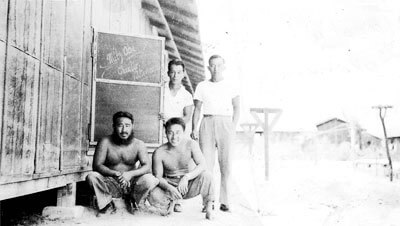
Captive on the U.S. Mainland: Oral Histories of Hawai‘i-born Nisei
Ten Hawai‘i-born Japanese Americans who were incarcerated in assembly and war relocation centers during World War II share their experiences. April 2012, 1807 pages, 1 volume, 522 pages, pdf, photographs.
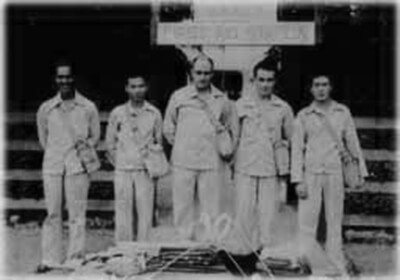
An Era of Change: Oral Histories of Civilians in World War II Hawai‘i
Thirty-three civilians — reflecting Hawai‘i’s diverse occupations, lifestyles, and ethnicities — talk about World War II and how it affected their everyday lives. April 1994, 1807 pages, 5 volumes.
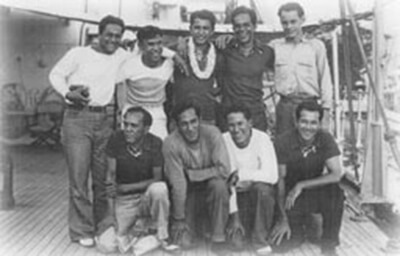
Hui Panala‘au: Hawaiian Colonists in the Pacific, 1935–1942
Interviews with eight men who occupied the isolated Line Islands in the South Pacific in the late 1930s and early 1940s in order to establish territorial jurisdiction for the United States. They talk about their experience and reflect on its significance in their lives and on history. July 2006, 298 pages, pdf on CD-ROM, photographs.
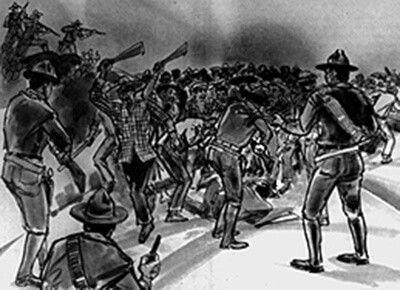
The 1924 Filipino Strike on Kaua‘i
The bloodiest confrontation in Hawai‘i labor history cost the lives of sixteen Filipino strikers and four Hawaiian policemen at Hanapepe, Kaua‘i on September 9, 1924. Visayan workers, their wives, plantation and government officials, and other observers talk about the strike and how it affected them. July 1979, 973 pages, 2 volumes, photographs.
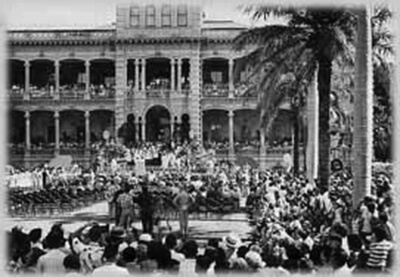
Perspectives on Hawai‘i’s Statehood
Nine political leaders, aides, observers, and scholars discuss Hawai‘i’s statehood movement and the socio-political issues of post-World War II America which influenced it. June 1986, 186 pages, 1 volume. Videotape available.
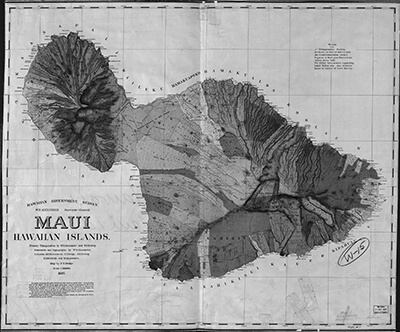
Tsunamis in Maui County: Oral Histories
Interviews with Maui and Moloka‘i residents were conducted in 1999 by the Pacific Tsunami Museum to collect the stories of tsunami survivors and to promote tsunami safety. The interviews followed a life history format with emphasis on recollections of tsunami experiences. March 2003, 501 pages, 1 volume.
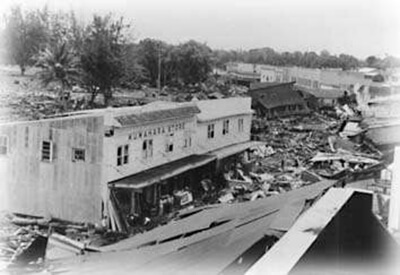
Tsunamis Remembered: Oral Histories of Survivors and Observers in Hawai‘i
Thirty individuals, mainly residents of Hilo and Laupahoehoe, recall their experiences before, during, and after the destructive 1946 and 1960 tsunamis. April 2000, 980 pages, 2 volumes, photographs.
![coh-historical-events-hawaii-internees-jerome-arkansas Jerome Relocation Center, Dermott, Arkansas.Young children at Jerome Relocation Center. (NARA - 539502) by Van Tassel, Gretchen, Photographer [NARA record: 8467722]](http://ethnicstudies.manoa.hawaii.edu/wp-content/uploads/2018/05/coh-historical-events-hawaii-internees-jerome-arkansas.jpg)
Unspoken Memories: Oral Histories of Hawai‘i Internees at Jerome, Arkansas
Fifteen interviewees, ranging in age from seventy-two to eighty-eight, are interviewed about their families’ wartime and early postwar experiences. March 2014, 604 pages, 1 volume, photographs.